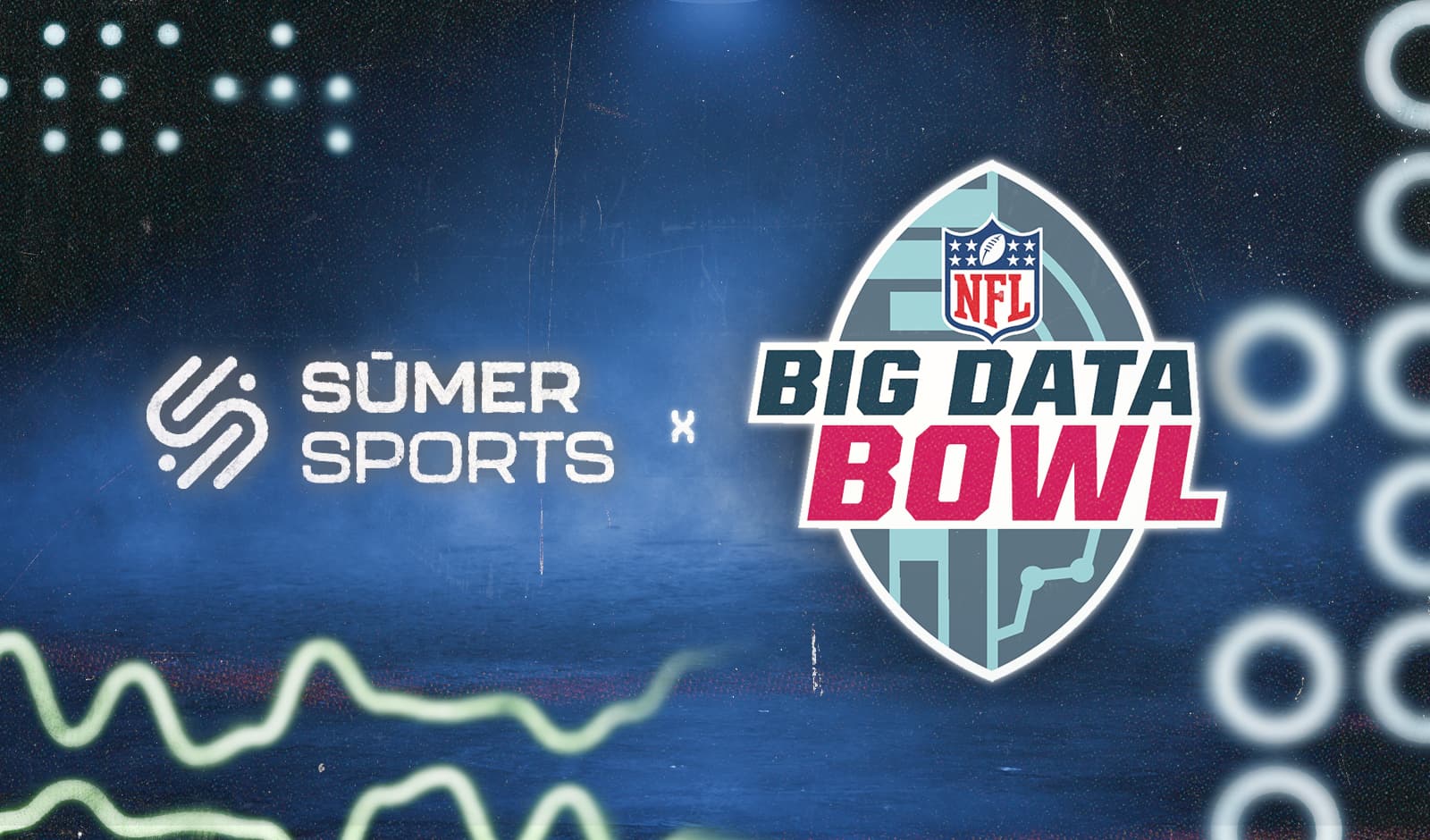Bobby DePaul is a former Commanders and Bengals coach as well as a former scout and executive for the Bears, Eagles, and Browns. He started at linebacker for the Maryland Terrapins until a knee injury cut his playing career short. In total, DePaul has over 25 years of experience in professional football. You can find an accompanying podcast to this article in the SumerSports Show feed.
When I first sat down to scout a player, I was lost.
Despite spending my entire life around football and eight years as an assistant coach under Hall of Famer Joe Gibbs, I wasn’t sure how to approach scouting. When I turned to General Manager Bobby Beathard for guidance, his counsel was as clear as the glass that protected the four Super Bowl rings in his showcase, “Just write what you see on tape. Don’t make anything up and you can never be wrong.”
Since the days when defensive tackles were known as interior rush men, my goal has been to paint a picture of what I see on tape, no more, and no less. From closed door sessions on Tuesday nights with Andy Reid to a Super Bowl appearance with the Chicago Bears, the evolution of football has been seismic. Still, it all starts with some tape and writing what you see.
What to Look for When Scouting Interior Defensive Linemen
Although Beathard’s guiding words were sparse, the tremendous athletes on the field brought them to life. At the highest level, you want to see defensive linemen that are disruptors in both the run game and the pass game; these players break the flow of an offense through sheer force of will, skill, and talent. Their relentless effort to pursue the football from sideline to sideline should pop out on TV. The best disruptors are players you see demanding extra attention from play designers and offensive linemen on all three downs.
Even for defensive linemen that are not classified as elite disruptors, there are important traits for players to find success in the National Football League; traits are the skill sets needed to perform the job, much like any job in the workforce. Aside from important height, weight, and speed metrics, it is important to see:
- strong initial movement to create a push inside,
- an array of counter moves to keep offensive linemen guessing,
- quick hands to help fight off the paws of blockers, and
- hip flexibility to deal with the uncomfortable positions defensive linemen are put in as they fight for space.
Though rushing off the edge is vital in today’s game, the best defenses in the NFL can generate a pass rush both on the inside and outside.
Developing Interior Defensive Linemen from College to Pro
Players spend years honing their craft and while some gifts may not be able to be taught, there are traits that can be developed from the college level to the pro level. The two biggest improvements a college player can make when they get to the NFL are with hand usage and pad level.
You simply cannot play in the NFL if you stand straight up out of your stance or if you have very wide hand placement; rookies find this out in a hurry when the pads come on. Football is a game played with leverage, and tight hand placement is paramount to defeating blocks. While lazy technique may still lead to big plays in college, it is much harder to get away with it in the League.
Scouting Interior Defensive Linemen Has Changed Over Time
Interior defensive linemen have gained positional importance over time to the point where in some advanced analytics circles, they are close to being seen as a premium position. This is bolstered by the need for a strong spine of the defense when trying to stop the run from light boxes that allow defenses to have sound numbers against the pass as well as an influx of elite interior pass rush talent. Pass rates have climbed over time and Nickel defenses do not have the same concern with the ground and pound game of yesteryear.
The best interior defensive linemen can now rush the passer on all three downs. Even with the Kyle Shanahan coaching tree leaning into heavier formations, spread sets and 11 personnel make 1st downs feel like 3rd down. Lucky for NFL teams, the college game is being played with super spread formations and gives scouts more examples of what they want to see on Sundays.
What We Do at SumerSports
At SumerSports, we grade each player’s traits, assess their on-field performance, and project how they fit within specific schemes. Our goal is to establish a baseline for player value, whether for the draft or free agency.
Looking Forward to the 2024-2025 season
This year will be strong for interior defensive linemen, both literally and figuratively, as player height and weight are notable factors for prospects heading into the 2025 NFL Draft. Two key players to keep an eye on this fall will be taking the field for the defending champion Michigan Wolverines: defensive tackles Mason Graham and Kenneth Grant.
At the pro level, we will see two of the highest paid interior defensive linemen do what they can to impact elite passers on opening day in Chiefs defensive tackle Chris Jones and Ravens defensive tackle Justin Madibuike. Even without Aaron Donald, the NFL’s best are set to push the pocket and push scouts to find the next great disruptor.
Just remember, regardless of the level of play, write what you see on tape.



.jpg&w=3840&q=75)
